Teaching
I'm an Associate Professor or Practice at New York University in Abu Dhabi. My passion is building physical things, which here we call Physical Computing. My classes are very hands-on and involve rapid prototyping with low fidelity materials and techniques, lots of feedback, and final projects. I like my students to engage critically with topics such as whether (or when) robots deserve rights and have responsibilities to society, and appropriate and justified uses of technology. I use Arduino extensively although not exclusively. I like it because for the most part it just works. The Arduino environment is relatively easy for beginners to get started, and they can develop pretty complex projects before running into limitations.
I keep all of my teaching material on Github. You are welcome to use any of my teaching materials, but please cite where you got them and include a link to this website.
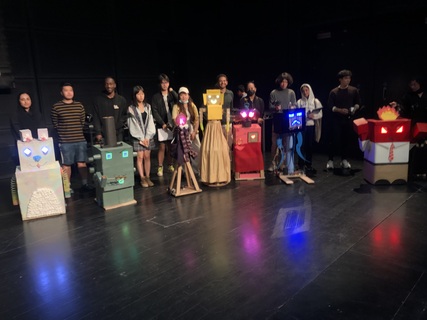
Performing Robots
We build robots, and make them perform. We learn the necessary technology, discuss the ethics of using robots and how robots are perceived on the stage and in public, and spend lots of time building, testing, debugging, and refining our robots. At the end we put on a public performance.
All the course material, as well as links to student Github repositories, can be found in the course Github repository
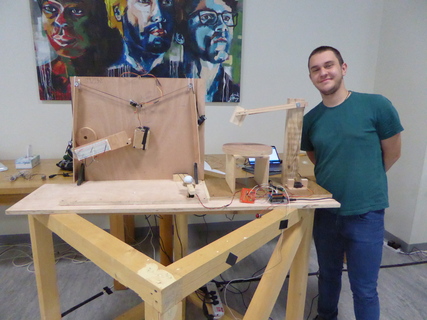
Machine Lab
Using machines to build machines, learning about how machines are made, and reading and discussing the history of machines and our relationship with them and technology in general. Exploring artists using machines and artists who build machines.
All the course material, as well as links to student Github repositories, can be found in the course Github repository
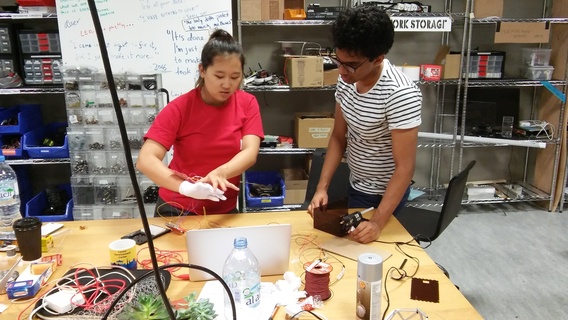
Introduction to Interactive Media
This is the only class I'm teaching that I did not create. As the name suggests it's our basic introductory course to what we call Interactive Media. Topics covered include technology (programming in p5.js and electronics using Arduino), human centered design, and critique of technology.
Since multiple teachers teach this course, we have a common Wordpress blog for the class, but I still keep my own lecture notes and additional material in my own course Github repository
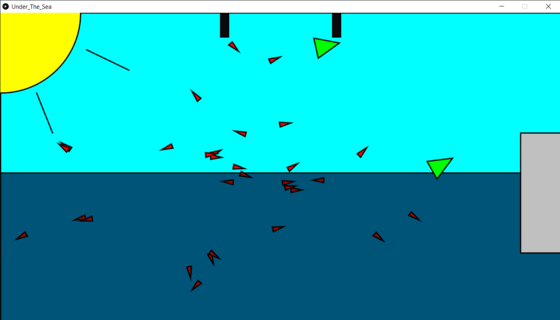
Robota Psyche
I created this class during the COVID-19 pandemic as an alternative to Machine Lab since all teaching was online and the intensive building required by Machine Lab would have been impossible. This is the only class in which we don't build things.
Robota Psyche was inspired by the book Vehicles: Experiments in Synthetic Psychology by Valentino Braitenberg , a neuroscientist and cyberneticist. In this short and very enjoyable book, Braitenberg leads the reader through a series of thought exercises in which he develops vehicles that, with combinations of sensors and actuators, can be said to exhibit behaviors such as aggression, love, foresight, and optimism.
While Braitenberg's book suggests hardware, the process is easily transferable to software, with the great advantage that once the code for a vehicle is written, it can be easily duplicated, allowing for experimentation with large populations of vehicles with similar or different "personalities". We can then observe how the vehicles interact with each other and their surroundings over time.
All the course material, as well as links to student Github repositories, can be found in the course Github repository
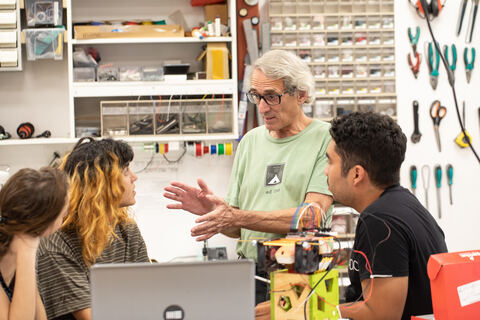
Interactive Media in the World
Interactive Media in the World is a course designed to give students a glimpse into how these skills are used such as in museums, high tech companies and by artists, special effects designers, exhibit designers, and inventors.
Interactive Media spans a large range of activities including but certainly not limited to website design and smartphone app development; product design; new interfaces for musical expression; exhibit design for museums and other institutions; kinetic art; interactive art; immersive art; virtual and augmented reality; robotics; and education. These activities could take place in individual or collaborative artist studios, classrooms, design companies, maker spaces, high tech startups, libraries, and a host of other places.
While teaching in the San Francisco Bay Area I had access to a great many spaces and practitioners, and could easily show students examples of the kind of activities in which they could utilize what we were teaching. Here in Abu Dhabi either there isn't such a diversity of activities, or I've not found it. Fortunately, not far away in Israel, I have similar access to these spaces through family, friends, colleagues, and collaborators.
NYU has a framework in which faculty can propose classes to take place in other countries. In my course Interactive Media In The World we visit artist studios, design studios, "Burning Man" style maker spaces, high tech maker spaces, exhibit designers, special effects designers, museums, and other creative spaces. We also collaborate with local students in simliar classes and engage in a joint project.